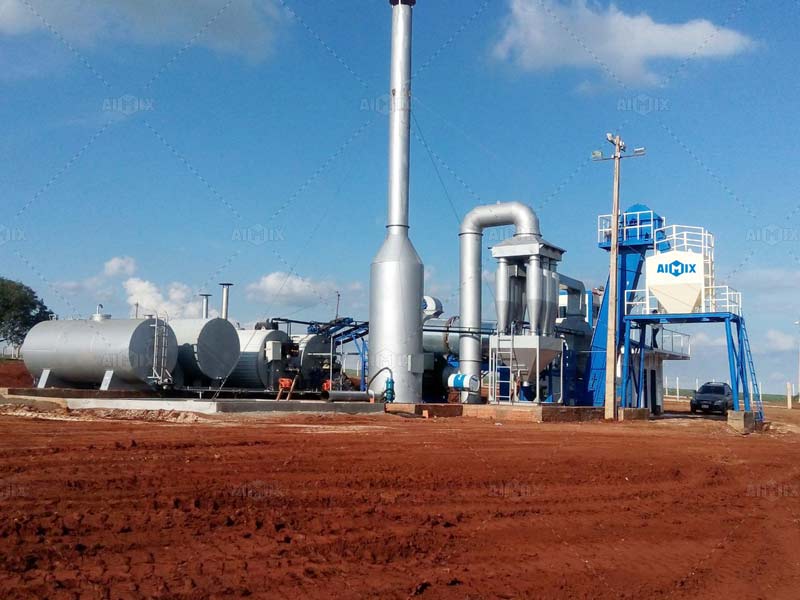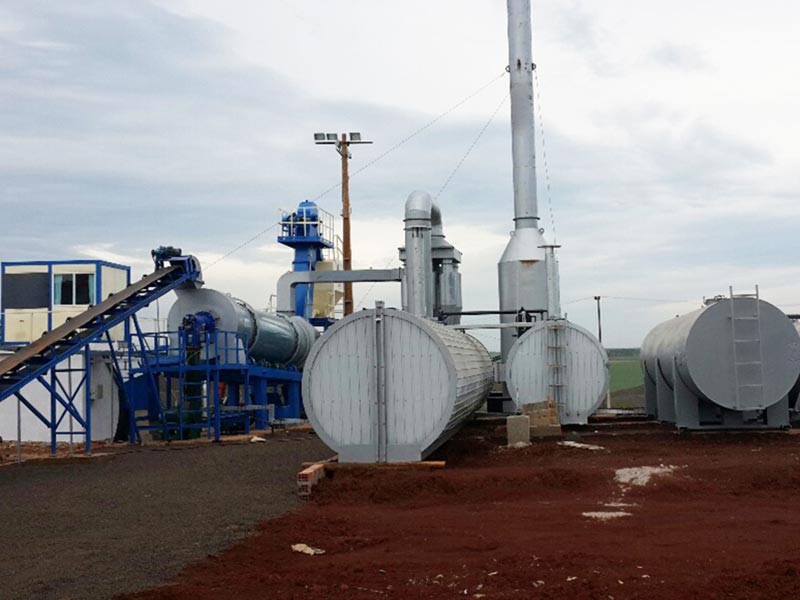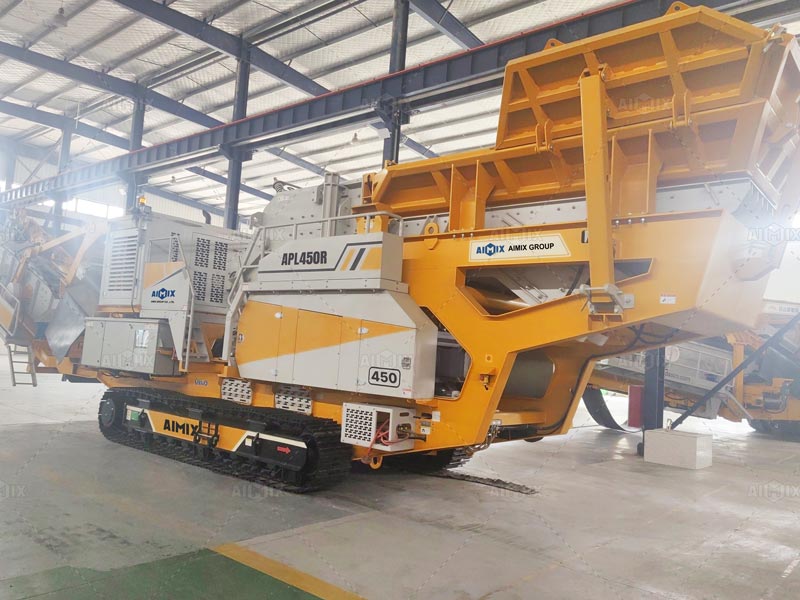In the fast-moving world of road and bridge construction, efficiency and speed are critical factors. Project timelines are tighter, labor costs are rising, and demand for high-quality pavement is increasing. In this context, many contractors and construction firms are turning to the drum mix asphalt plant as a solution for reliable, continuous asphalt production. Unlike batch plants, which produce mix in discrete cycles, drum-mix plants operate continuously, delivering a steady flow of asphalt that helps streamline the entire paving process.
This article explores the core advantages of drum-mix asphalt plants, particularly in the context of large-scale and time-sensitive infrastructure projects. From energy savings to simpler operation, drum-mix technology presents a compelling case for contractors aiming to maximize productivity and minimize downtime.
What Makes A Drum-Mix Asphalt Plant Different?
A drum mix asphalt plant integrates drying and mixing into a single continuous process. Cold aggregates enter one end of a rotating drum, where they are dried and mixed with bitumen and filler as they travel toward the discharge end. This method eliminates the need for separate mixing cycles and holding silos, which are typically required in batch-type plants.
The continuous nature of the drum-mix process allows for higher throughput and more consistent production, particularly when working on projects that require extended paving shifts without interruption.

Core Advantages Of Drum-Mix Asphalt Plants
Higher Production Efficiency
One of the most prominent benefits of a drum mix asphalt plant is its ability to produce asphalt mix without stopping between batches. This continuous operation means that the plant can deliver asphalt at a faster rate, making it ideal for projects like highways, expressways, and airports where large volumes of asphalt are needed daily.
With fewer start-stop cycles, the plant experiences less wear and tear on mechanical components, which translates into longer equipment lifespan and reduced maintenance needs.
Lower Operating Costs
Drum-mix plants typically have simpler designs with fewer moving parts compared to batch plants. This simplicity reduces energy consumption and lowers operational costs. For example, the integrated drying and mixing system uses a single burner, leading to more efficient fuel use.
Additionally, because drum-mix plants require fewer operators and less manual intervention, labor costs are often lower. Over the course of a long-term project, these savings can be substantial.
Consistent Mix Quality For Long Runs
Consistency is critical in road construction, especially for projects that involve long pavement stretches where uniformity in asphalt composition and temperature is essential. Drum-mix asphalt plants offer excellent consistency because they eliminate variation between batches. Once the plant is calibrated and running, it delivers a steady mix that meets specified quality standards throughout the entire production run.
This is particularly important for surface courses where even small inconsistencies can lead to premature failure or increased maintenance costs.
Faster Start-Up And Simple Operation
Compared to batch plants, drum-mix systems are faster to start and easier to operate. Most modern models feature automated controls that monitor temperature, feed rates, and material flow. This not only speeds up plant setup at the beginning of a shift but also reduces the risk of human error.
For contractors who need to mobilize quickly or have limited access to highly trained personnel, the straightforward operation of a drum mix asphalt plant(planta de asfalto continua) offers a significant advantage.
Compact Design And Easier Relocation
Many drum-mix plants are designed with mobility in mind. While large stationary versions are available for permanent installations, mobile models can be transported easily to different job sites. Their compact footprint makes them suitable for locations with limited space or temporary projects in remote areas.
For contractors working across different regions or juggling multiple projects, the ability to move a drum-mix plant efficiently between job sites is a major logistical benefit.
Where Drum-Mix Plants Excel
Drum-mix asphalt plants are best suited for:
-
Long, uninterrupted paving projects
-
Rural or remote highway construction
-
Large-volume resurfacing jobs
-
Markets where operating costs and simplicity matter more than high flexibility
In countries across Latin America, Africa, and Southeast Asia, drum-mix technology is widely adopted for national road networks and regional infrastructure upgrades. The combination of fast setup, continuous production, and low cost aligns well with the priorities of governments and private contractors in these regions.

Limitations To Consider
While drum-mix asphalt plants offer many benefits, they may not be the best fit for every project. Because they operate continuously, they are not ideal for jobs that require frequent changes in mix type or composition. Batch plants, by contrast, offer more flexibility when switching between different formulations.
Still, for most medium to large-scale road construction projects, the efficiency advantages of a drum mix asphalt plant far outweigh the limitations.
Conclusion
The drum mix asphalt plant has become a symbol of efficiency and reliability in modern road construction. By delivering continuous production with fewer mechanical complexities and lower operating costs, it helps contractors meet tight deadlines while maintaining high-quality standards.
As infrastructure demands continue to grow globally, especially in emerging markets, drum-mix technology is proving to be a smart, scalable, and cost-effective choice. For contractors seeking to improve output, streamline operations, and boost profitability, investing in a drum-mix asphalt plant may be the key to long-term success.


